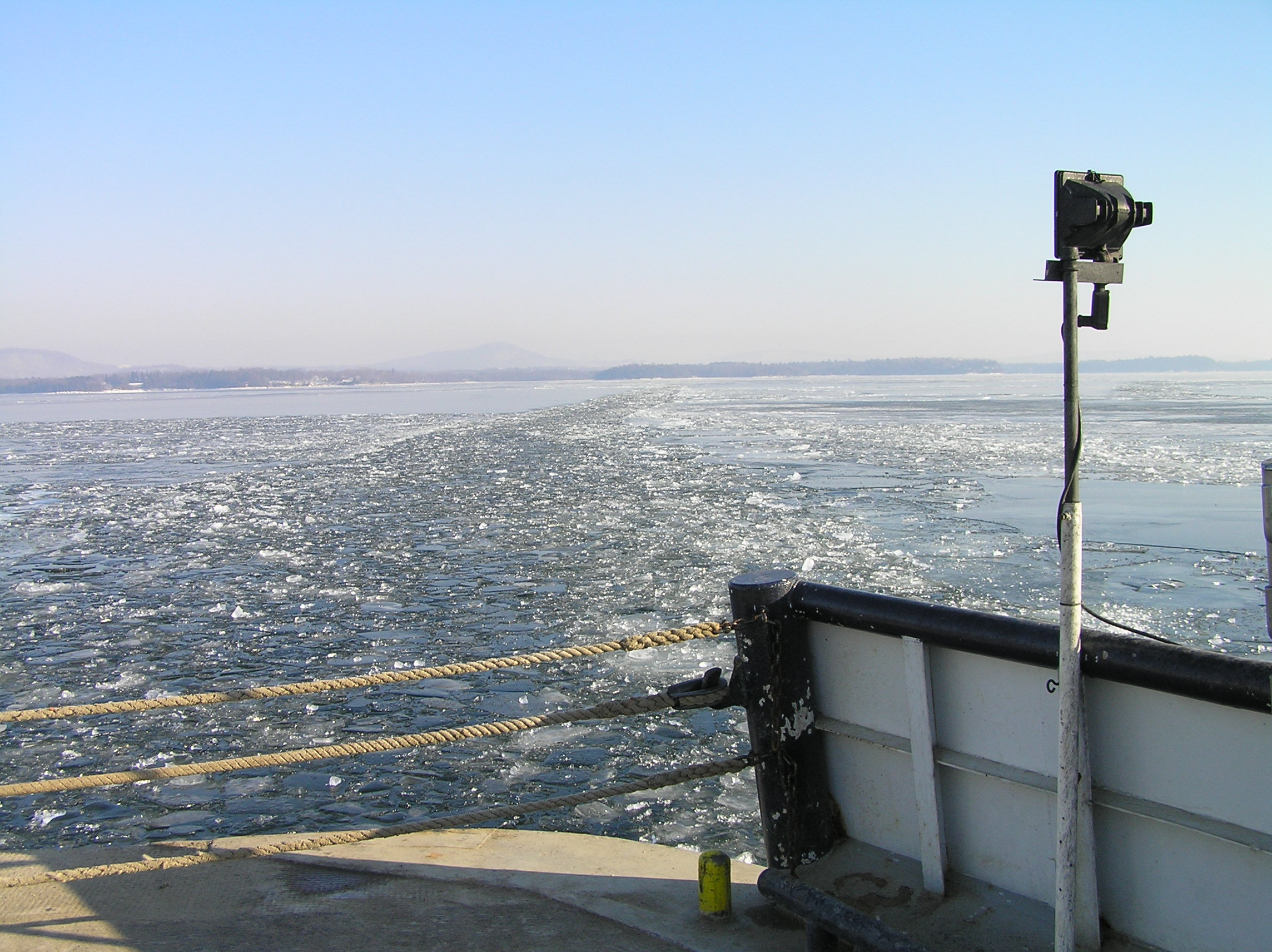Road Salt in Our Waterways
Feb. 19th 2018Road salt (sodium chloride) has been used as a method to manage snowy and icy winter roads since the 1940s. Researchers have known that the salt does not stay on the road but disperses into roadside soils and ultimately local waterways. Once in a lake, the chloride ion can remain for long periods of time. Chloride, although naturally occurring, is harmful to freshwater organisms at elevated levels.
Researchers from across the country investigated the long-term trends of road salt use on 371 freshwater lakes across North America, including 20 lakes in Vermont. In Vermont, only Lake Champlain and Lily Pond had increased chloride levels over time, although most lakes in the study from Vermont had essentially no lakeshore development.
Paved surfaces near waterways contribute to increasing salt concentrations – even small amounts of development can result in a large salt increase in lakes or rivers. Fish, invertebrates, phytoplankton, and microbe communities are altered by increased salt concentrations. Cyanobacteria have a higher tolerance to salt than many other phytoplankton, which may facilitate blooms. Additionally, water with high salt concentrations is denser, which does not mix as well and may lead to low oxygen conditions.
Although concentrations are increasing in Lake Champlain, the current concentration is low compared to other urban lakes, in large part because of the large size and residence time of the lake. However, it is often harder to remediate large lakes because of longer residence times and the difficulty in managing larger and more contributing areas.
Implementing management recommendations can help reduce the amount of salt reaching waterways while maintaining safe road conditions. Recommendations include using a brine solution rather than pure rock salt to improve salt efficiency. Salt applied prior to snow or ice development can reduce the amount required to maintain safe walkways and roads. Deicing products should be used at temperatures and in amounts recommended by the instructions. Roadside buffers and shoreline management can also reduce impacts of road salt. However, Vermont only regulates 76m (250ft) within the mean water level; 500m buffers are recommended to minimize road salt impact.
 ecoNEWS VT
ecoNEWS VT